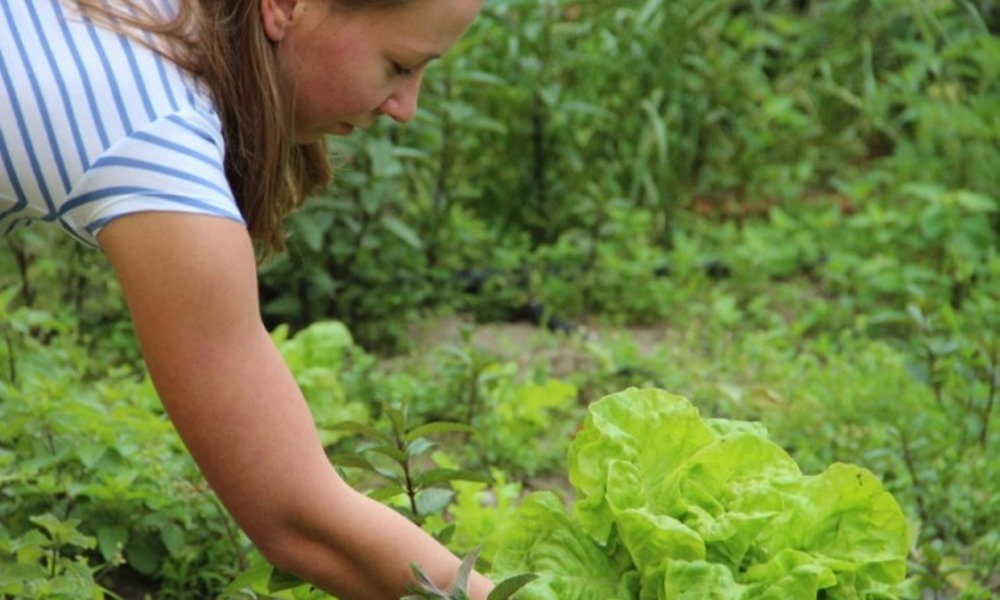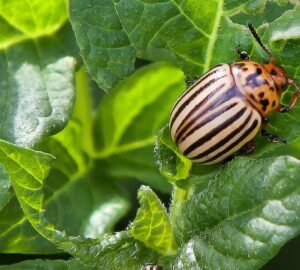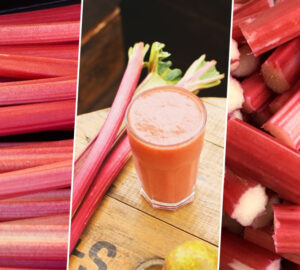Gardeners, whether seasoned or novice, share a common goal: nurturing their green companions into vibrant life. Yet, amidst this harmonious symphony of growth, some plants refuse to be next-door neighbors. These finicky flora might be conveying their distinctive environmental needs or, in some cases, engaging in a fierce nutrient showdown. In this guide, we explore the intriguing world of plant compatibility and unveil a list of plant pairings that should be approached with caution.
Understanding Plant Incompatibility
Plant compatibility is not merely a matter of aesthetics; it’s rooted in the intricate dance of nature. Plants that dislike each other’s company can have varying reasons for their discord. They may be vying for vital nutrients, or one might attract pests that spell doom for the other. Soil type, sunlight and water requirements also play pivotal roles in this botanical drama.
The Basic Rules of Plant Compatibility
- Size and Light Compatibility: A fundamental rule is to ensure that neighboring plants are similar in size and have comparable light requirements. For example, it’s unwise to plant towering tomatoes next to humble bush beans, as the former will cast a shadow over the latter. If tall and short plants must coexist, ensure that the shorter ones receive ample sunlight, possibly by planting them in separate rows or at the garden’s edge.
- Water and Nutrient Harmony: Plants with disparate water and nutrient needs can create discord in the garden. To maintain harmony, group plants with similar water and nutrient requirements together, unless they’re locked in competition for other reasons. Adequate spacing and proper watering and fertilization can bridge the gap.
- Beware of Allelopathic Plants: Some plants possess the intriguing ability to chemically influence and inhibit the growth of neighboring competitors. While comprehensive scientific documentation is scarce, certain plants are widely believed to exhibit these allelopathic properties. Among them are asparagus, beans, beetroot, broccoli, cabbage, cucumber, peas, soybeans, sunflowers and tomatoes. Additionally, the notorious black walnut can disrupt the growth of plants like tomatoes, eggplants and corn. It’s crucial to consider these dynamics in your garden planning.
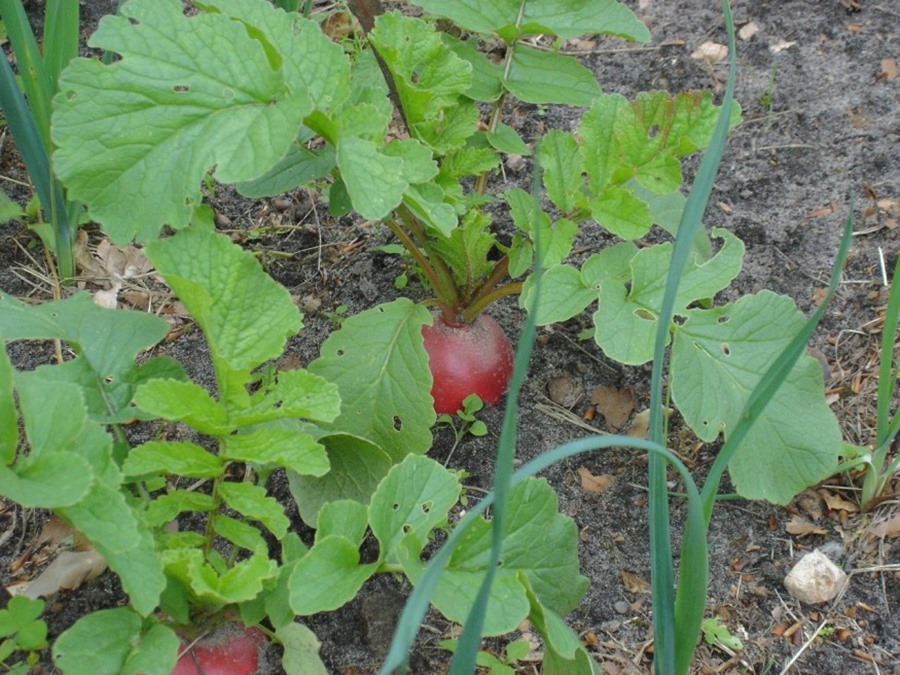
Plant-Specific Considerations
- Broccoli’s Legacy: If you cultivate broccoli, practice crop rotation, as it can leave behind organic matter that other cruciferous plants may struggle with.
- Alfalfa’s Unique Allelopathy: Alfalfa exhibits a peculiar form of allelopathy that affects the germination of its own seeds.
- Garlic and Shallots’ Rivalry: While garlic and shallots tend to clash with beans and peas, they harmonize well with most other garden plants.
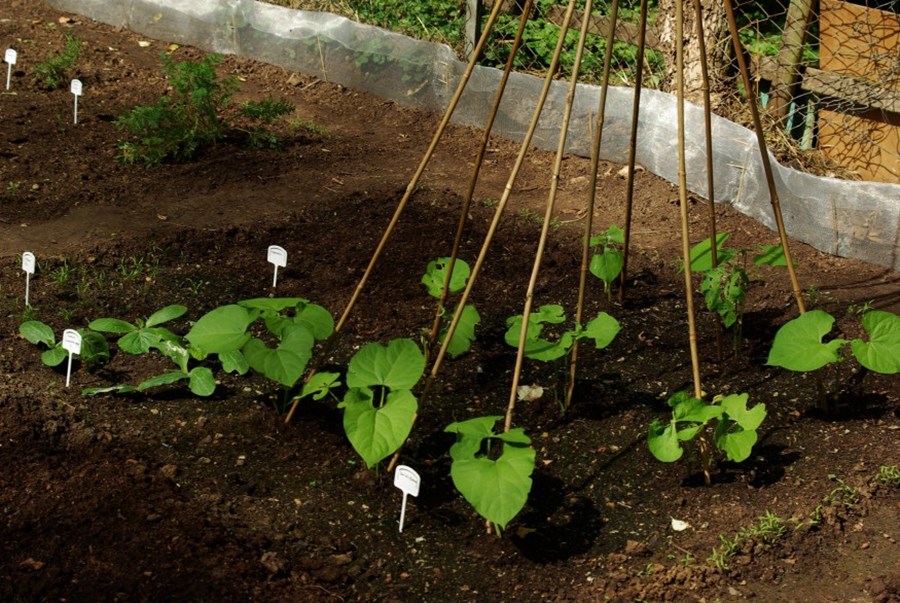
Avoid These Plant Pairings
- Asparagus: Keep mint and onions at a distance.
- Beetroot: Steer clear of runner beans and mustard.
- Carrots: Anise and dill should be planted elsewhere.
- Potatoes: Cucumbers, pumpkins, radishes, sunflowers and asparagus should not share soil with potato hills.
- Strawberries: Any type of cabbage should stay far away.
- Tomatoes: Cabbage, cauliflower, corn, dill and potatoes should not be their close companions.
Conclusion
In the enchanting world of gardening, understanding the subtleties of plant compatibility is akin to mastering a fine art. As you nurture your green companions, remember that the key lies in creating a harmonious ecosystem where plants complement, rather than compete with, each other. By adhering to these guidelines and steering clear of incompatible pairings, you’ll ensure your garden thrives in perfect botanical bliss. Happy gardening!



